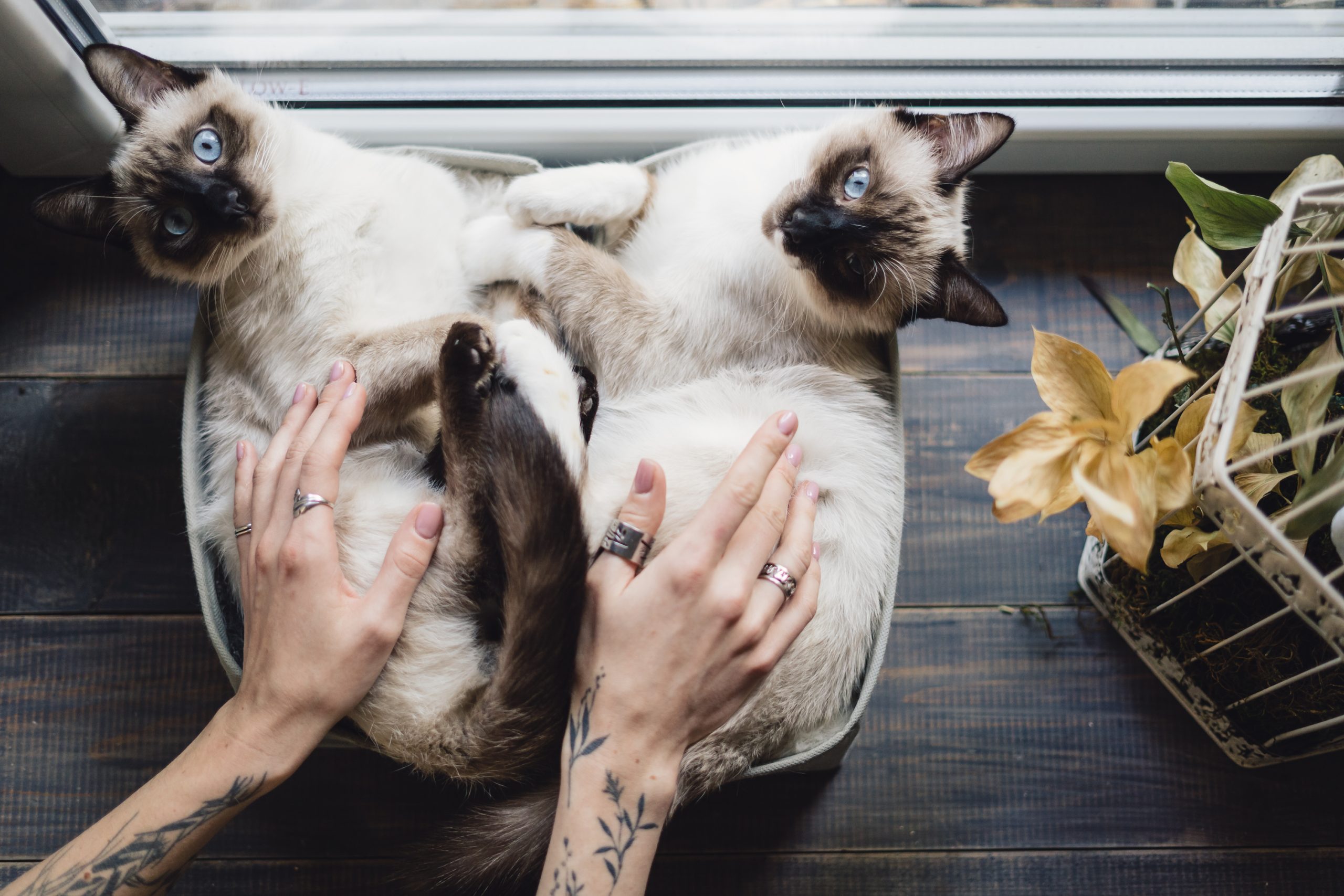Cats have long been considered mysterious creatures, often leaving their humans scratching their heads at their quirky and sometimes perplexing behavior. From their uncanny ability to squeeze into impossibly small spaces to their love for knocking objects off tables, cats are a delightful enigma. But beneath these antics lies a fascinating world of feline behavior that can tell us a lot about their needs, emotions, and instincts.
In this article, we’ll dive into the secret lives of cats, decoding their behaviors, understanding their communication methods, and exploring how you can foster a stronger bond with your furry companion.
The Language of Cats: How They Communicate
Unlike dogs, cats are subtle communicators, relying on a combination of body language, vocalizations, and behavior to express themselves. Here’s how to interpret what your cat might be trying to tell you:
- Tail Talk
- Upright Tail with a Curve at the Tip: This is a sign of friendliness and curiosity. Your cat is likely in a happy and relaxed mood.
- Fluffed-Up Tail: A puffed tail indicates fear or aggression. Your cat feels threatened and is trying to make itself look larger to ward off danger.
- Tucked Tail: When a cat tucks its tail close to its body, it’s feeling anxious or submissive.
- Vocalizations
- Purring: Often associated with contentment, but cats may also purr when they’re in pain or seeking comfort.
- Chirping or Trilling: A sound usually directed at humans or other animals, often as a greeting or to get attention.
- Hissing or Growling: Clear signs of discomfort, fear, or aggression.
- Body Language
- Slow Blinking: A cat’s way of saying “I trust you.” Try slow blinking back to build trust.
- Arched Back with Raised Fur: A defensive posture indicating fear or aggression.
- Kneading with Paws: Often a sign of comfort, as kneading harks back to kittenhood when they kneaded their mother for milk.
The Mysterious Cat Behaviors Explained
Cats have some peculiar habits that can seem baffling to humans. Here’s a closer look at why they do what they do:
- Why Do Cats Knock Things Over?
Cats are natural hunters, and their instinct to bat at objects mimics their hunting behavior. Knocking things over might also be a way of seeking attention, especially if they’ve learned that it gets a reaction from you. - Why Do Cats Sit in Boxes?
Cats love confined spaces because they provide a sense of security. A box gives them a safe spot to observe their surroundings while staying hidden. - Why Do Cats Bring “Gifts”?
If your cat brings you a dead mouse or bird, it’s their way of showing affection and sharing their “catch” with you. While it might not be your favorite gift, it’s a sign that your cat values you as part of their family. - Why Do Cats Randomly Zoom Around the House?
The infamous “zoomies” are bursts of energy that cats, especially younger ones, experience. These sudden sprints can be a way to release pent-up energy or express excitement. - Why Do Cats Love to Perch Up High?
Cats are natural climbers and enjoy high vantage points for safety and observation. It’s part of their predator instincts—they like to survey their “territory” from above.
Creating a Cat-Friendly Environment
To ensure your cat feels comfortable and happy at home, it’s important to cater to their instincts and preferences.
- Provide Vertical Space
Invest in cat trees or wall-mounted shelves to satisfy their climbing instincts. High spaces also give them a sense of security. - Enrich Their Environment
Cats need mental stimulation to stay happy. Interactive toys, puzzle feeders, and play sessions can help prevent boredom. - Offer Hiding Spots
Cats love to retreat to quiet, enclosed spaces when they need to relax. Boxes, covered beds, or even a cozy blanket fort can provide comfort. - Maintain a Routine
Cats thrive on routine, so try to keep feeding times, play sessions, and other activities consistent. Sudden changes can stress them out. - Keep the Litter Box Clean
A clean litter box is essential for a cat’s hygiene and comfort. Make sure you have at least one litter box per cat, placed in a quiet, accessible location.
Building a Stronger Bond with Your Cat
Cats may seem independent, but they crave connection with their humans. Here’s how to strengthen your relationship:
- Respect Their Space
Cats appreciate attention on their terms. Let them come to you when they’re ready for affection rather than forcing interaction. - Engage in Playtime
Regular play sessions mimic hunting and allow your cat to burn off energy. Use wand toys, laser pointers, or crinkly balls to keep them entertained. - Offer Positive Reinforcement
Reward your cat with treats and praise for good behavior, such as using the scratching post or coming when called. - Groom Them Gently
Regular grooming not only helps with shedding but also builds trust. Use a soft brush and start slowly if your cat is wary. - Communicate with Slow Blinks
Slow blinking is a sign of trust and affection in the feline world. Try blinking slowly at your cat—they might just return the gesture!
The Joy of Living with Cats
Owning a cat is a deeply rewarding experience. Their playful antics, quiet companionship, and unique personalities make them wonderful pets. While they may be independent creatures, the bond you build with your cat is one of mutual trust and love.
Understanding your cat’s behavior and catering to their needs not only ensures their happiness but also enriches your life. Whether they’re curled up on your lap, chasing a toy across the room, or gazing out the window at the world beyond, cats bring a special kind of magic into any home.
So, the next time your cat does something puzzling, take a moment to observe, learn, and appreciate the mystery of your feline friend. After all, it’s their quirks that make them so irresistibly charming.
